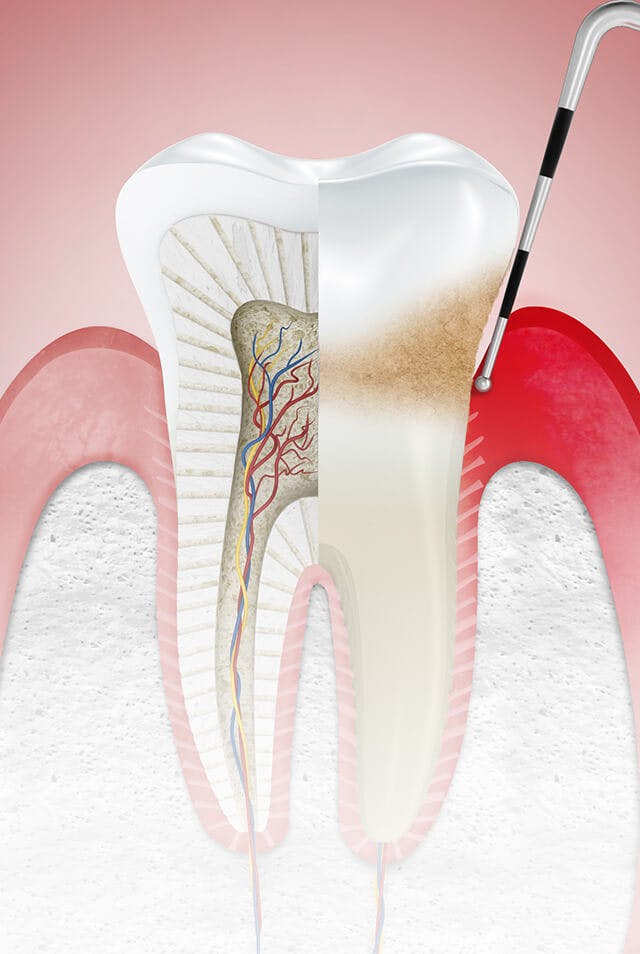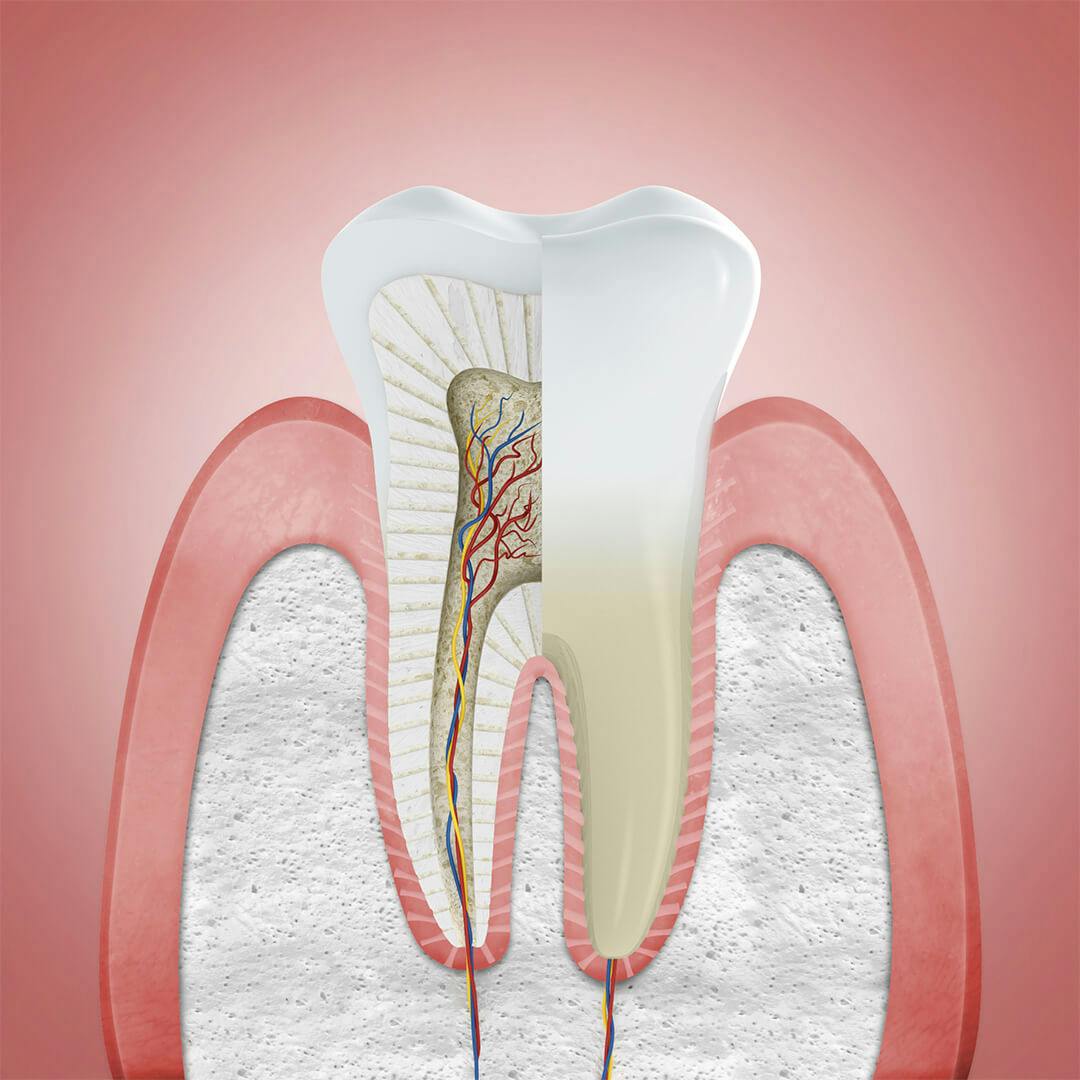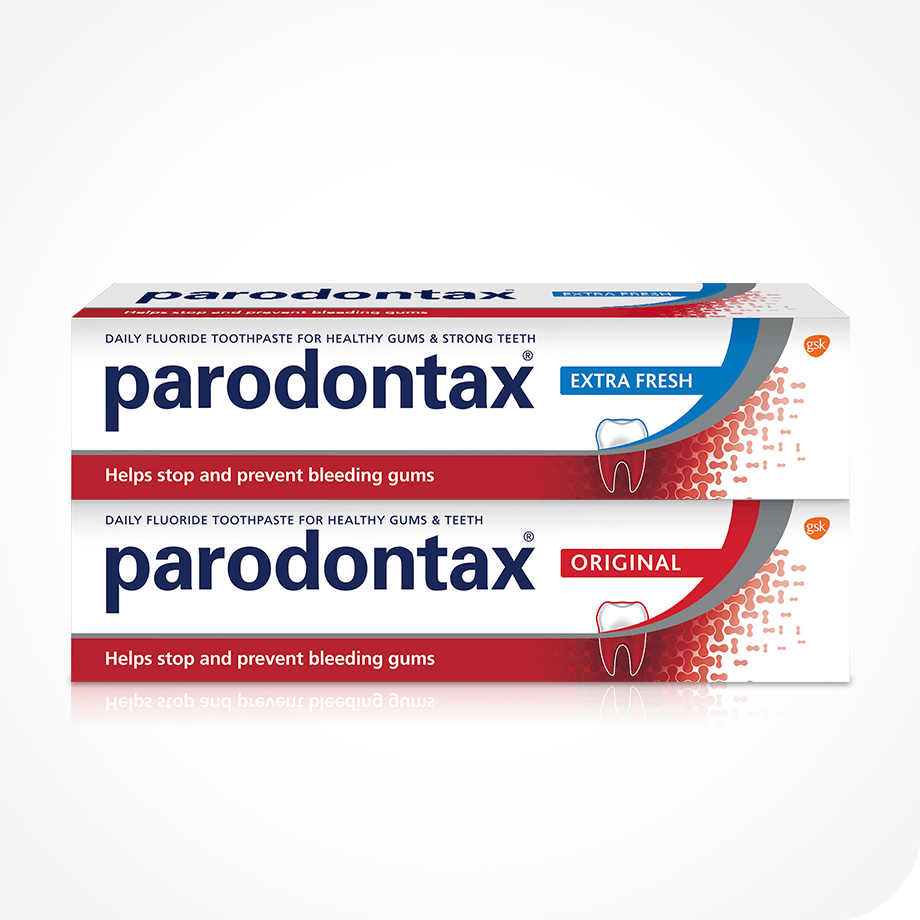Select Location:
PK


Stages of Gum Disease
What are healthy gums?
Healthy gums are vital for strong teeth. They are made of soft tissue, similar to skin, and cover the bones that support your teeth. They form a tight seal around your teeth, which limits the places where plaque bacteria can grow.
Healthy gums are a light or coral shade of pink, although they may contain other pigments depending on your ethnic origin.
Changes in your gums, for example if they appear red or swollen, if they bleed when you brush or floss or are beginning to recede, can be signs of gum disease.
The main cause of gum disease is the build up of plaque bacteria along the gum line (where the gum meets the tooth). If this is not removed by regular brushing and flossing it can lead to irritation and gingivitis, which is an early, reversible form of gum disease.
If gingivitis is left untreated it can weaken the seal between the gums and teeth allowing small spaces or ‘pockets’ to develop. Left untreated over time, these pockets between gums and teeth can get deeper and develop into one of the most serious forms of gum disease, periodontitis, which is irreversible and can cause tooth loss.















































